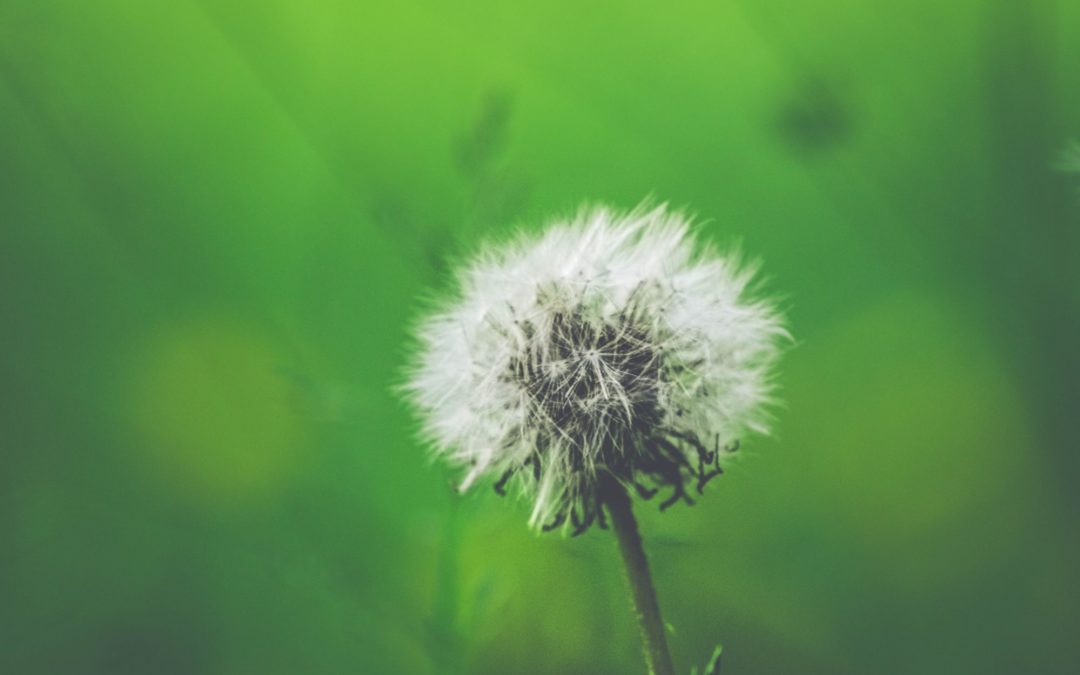You’ve made it through the dreary, colder months; now spring is finally here. You can look forward to blooming flowers, plenty of sunshine—a runny nose, and congestion?
If you’re like 50 million Americans, you’re most likely suffering from seasonal allergies, also known as hay fever, which can make you feel miserable. But before you close the blinds and stay indoors, give these helpful tips a try to keep seasonal allergies at bay.
Overview: Seasonal Allergies
Seasonal allergies are one of the most common chronic diseases. If you begin experiencing the sniffles this spring. You’re having an allergic reaction—the same type of reaction that occurs when someone with a nut allergy ingests a peanut. Allergic reactions occur when the body’s immune system perceives a foreign substance as a threat and overacts to it.
Seasonal allergies usually start around March and last through May. This is because plants release tiny pollen grains to begin the fertilization process, expelling small, dry pollen grains in the air that the wind carries to neighboring plants. Unfortunately, these pollen grains can make their way into your eyes, nose, and lungs, triggering allergy symptoms.
There are three main types of pollen allergy: tree pollen allergy, grass pollen allergy, and weed pollen allergy, but tree pollen is the most common trigger of “hay fever” or seasonal allergies.
What Are the Symptoms of a Pollen Allergy?
People with pollen allergies experience worsened symptoms on windy days when the pollen count is high. Symptoms include:
- Runny nose (also known as rhinorrhea – this is typically a clear, thin nasal discharge)
- Stuffy nose (due to blockage or nasal congestion – one of the most common and troublesome symptoms)
- Sneezing
- Itchy nose, eyes, ears, and mouth
- Red and watery eyes
- Swelling around the eyes
How to get rid of seasonal allergies
Unfortunately, there’s no one-size-fits-all approach to curing seasonal allergies. Those suffering from allergy symptoms can try these simple strategies to reduce their exposure to start to feel better.
1. Reduce Exposure to Allergens
Reducing your exposure stands as the first line of defense against spring allergy symptoms. Here’s a list of ways you can minimize your exposure to help alleviate symptoms (allergens):
- Regularly check the local weather, pollen forecasts, and local pollen levels to prepare
- Stay indoors on dry, windy days or on days when the pollen count is high. Usually, the best time to venture outside is after a rain shower.
- Avoid exercising or outdoor activities in the early mornings or evenings when the pollen is the highest.
- Change your clothes, shower, and wash your hair to rinse off pollen after spending time outdoors.
- Keep doors and windows closed.
- Take shoes off before entering your home and wipe down pets.
- Delegate lawn maintenance, exterior home repairs, and gardening chores that can stir up allergies
2. Keep indoor air clean
No single product can eliminate all allergens from your home, but here are some suggestions to help:
- Purify the air you breathe with a portable high-efficiency particulate air (HEPA) filter
- Use high-efficiency filters and follow regular maintenance schedules.
- Ensure indoor air stays dry with a dehumidifier.
3. Rinse your sinuses, then rinse and repeat.
Rinsing nasal passages with a saline solution (nasal irrigation) is a practical and affordable way to relieve nasal congestion. This alternative remedy works by flushing out any mucus, pollen, or other allergens to clear away any congestion. You can get a squeeze bottle, spray, or a neti pot—this small apparatus looks like a teapot with a spout designed for nasal rinsing without a prescription at your local pharmacy.
4. Try an over-the-counter treatment
If allergy symptoms persist, you may want to consider trying one of these over-the-counter treatments:
- Antihistamines like Benadryl block histamines that the body releases should an allergic reaction occur and can relieve sneezing and itching in the nose and eyes.
- Decongestants usually come in the form of a nasal spray or drop. Decongestants can instantly clear up nasal congestion by shrinking the lining of the nasal passages so you can breathe better.
- Nasal corticosteroids such as Flonase are the most effective over-the-counter medications available for treating allergic rhinitis. These nasal sprays are steroids that reduce inflammation in the nose and block allergic reactions. This medication needs time to build up in your system, so it’s best to take it several weeks before the tree pollen season starts.
- Leukotriene receptor antagonists block the action of critical chemical messengers other than histamine involved in allergic reactions.
- Cromolyn sodium is a nasal spray that blocks the release of histamine and leukotrienes. Although this medicine comes with few side effects, you’ll have to plan on taking it four times a day.
CareWell Health Medical Center Is Here For You.
You don’t have to spend beautiful spring days indoors due to seasonal allergies. We understand that managing seasonal allergies can be challenging. If you’re still suffering from sneezing, congestion, or other allergy symptoms, CareWell Health Medical Center can help! Our caring physicians in our family health center can work with you to find an appropriate treatment best suited to fit your needs. Get relief from seasonal allergies and Schedule your appointment today.

